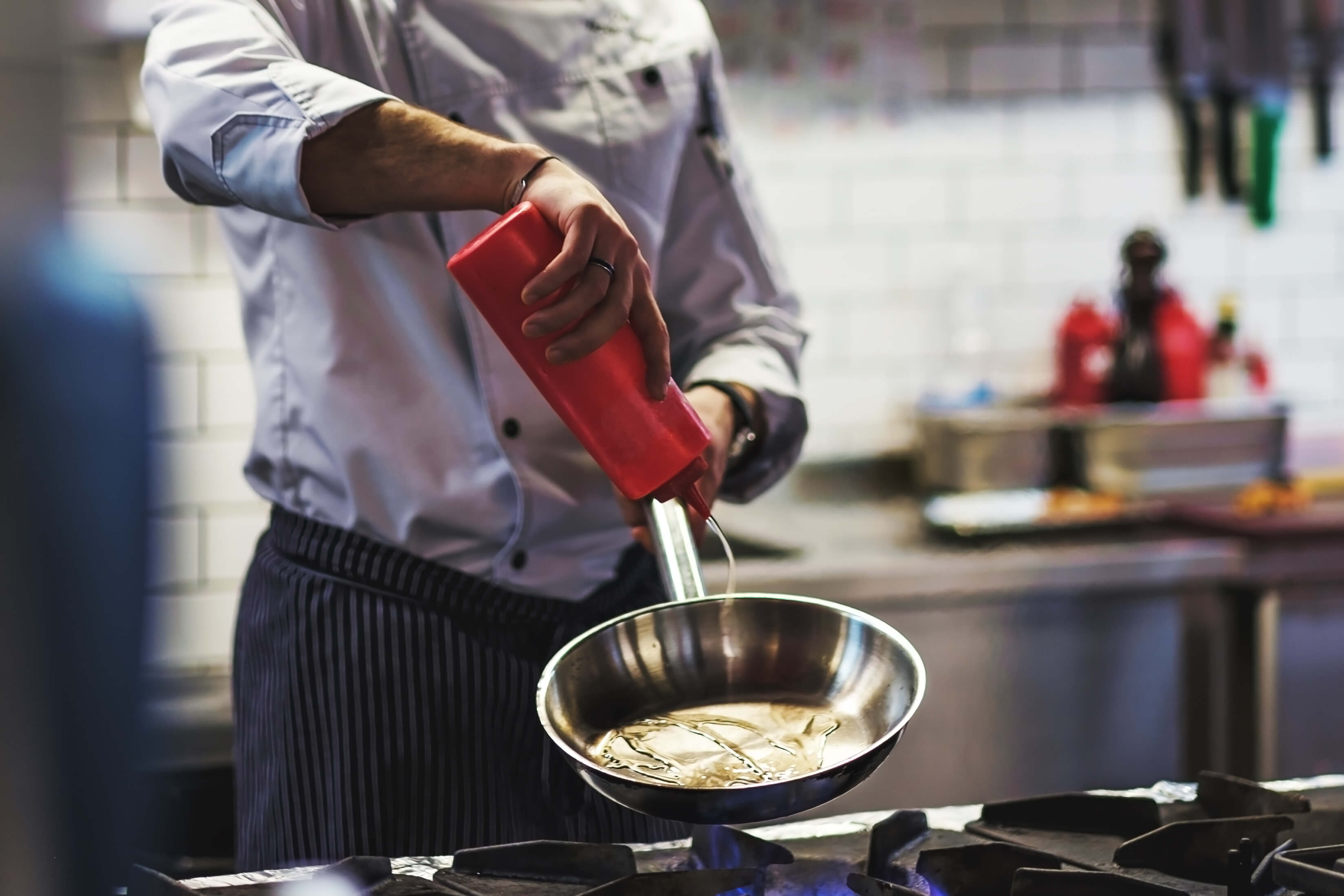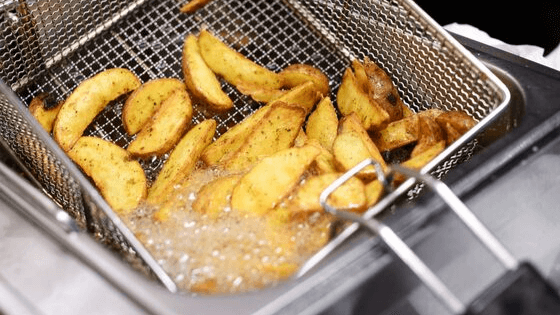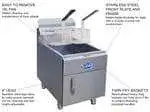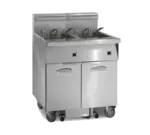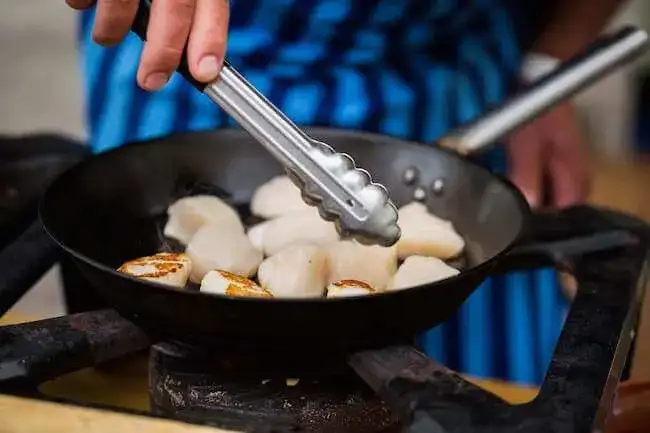
A Guide on What to Do with Used Cooking Oil
No matter what you are cooking in your kitchen, whether it’s sautéing vegetables, cooking meat, deep-frying potatoes, etc. it’s vitally important that you know what to do with used cooking oil when you’re done with it. The oil you use should be disposed of properly no matter what, but especially when cooking foods with a lot of fat.
No matter what equipment you use, if you cook with oil, you will have some leftover. Commercial grills, commercial ovens, and stoves will all result in excess oil.
What is Cooking Oil?
First things first, what is cooking oil?
Simply put, it’s an animal, plant, or synthetic fat that’s used in for frying, sautéing, baking, and many other types of cooking.
Which Oils are the Best for Cooking?
So, what oils are the best for cooking? Which options are the healthiest to cook with and consume?
Here are some of the best options:
- Canola oil: It’s low in saturated fats, and is great for a variety of cooking.
- Extra-virgin olive oil: It’s high in heart-healthy fats, and great for sautéing and drizzling over your food.
- Avocado oil: It has less saturated fats than other types of oil, has a high smoke point, and has healthy fats.
- Safflower oil: It’s low in saturated fats and high in omega-9 fatty acids. It also has a high smoke point and a neutral flavor, and it’s great for frying and sautéing.
Depending on your smallwares, commercial kitchen equipment, and what dishes you’re cooking, you may want to experiment with different types of oil to see what works best.
Now let’s talk about what to do with used cooking oil.
What to Do with Used Cooking Oil
When it comes to options for what to do with used cooking oil, you have a few different choices. Here are the best ways to dispose of it safely and efficiently.
Reusing Your Cooking Oil
Your first option is to reuse the cooking oil when you’re done with it. These are the steps to process the oil so you can use it again.
First things first, put your used cooking oil into an airtight container and store it at room temperature. You can keep it in a drawer or your pantry, just not somewhere cold or in direct sunlight.
Before using the cooking oil again, filter it through a coffee filter first. To do this, simply place a coffee filter over the top of the oil container and secure it with a rubber band. Then, slowly pour the oil through the filter. Doing this will trap any solids in the oil, which will keep it clear, and leaving food in the oil can encourage mold to grow or make it rancid.
Once it’s clear, you can use it again to cook or fry more food. It’s a good idea to cook a similar food the second time with the oil, as it will have taken the flavor on of whatever you cooked the first time.
Before you reuse any cooking oil, make sure it doesn’t smell bad or look cloudy or foamy. Also, try to avoid mixing different types of oil together, and don’t reuse it more than two times. Using the same oil repeatedly can reduce its smoke point, so it’s easier to burn. On top of that, it can cause the fat in the cooking oil to release trans-unsaturated fatty acids and damaging free-radicals.
Throwing Out Cooking Oil
If you don’t know what to do with used cooking oil and decide that you don’t want to reuse it, you can also throw it out.
To do this, make sure the oil has completely cooled before handling it, otherwise, you could burn yourself. Avoid lifting heavy pots or containers of hot oil, and definitely, do not throw it directly into the trash. Hot oil could easily burn or melt the trash or trash bag, and cause further cleanup or even some damage to anything it touches.
Consider either leaving it out overnight or letting it cool and wiping it up with a paper towel to throw out if it’s only a small amount of oil.
For larger amounts of oil, find a non-breakable container to store it in when it’s cool. Then, toss it into the trash once it’s sealed. Pouring oil directly into your trashcan can be incredibly messy, and it can also attract pests.
You can also freeze the oil in a container and then scoop it into the trash as well.
Recycling Cooking Oil
Another great option for what to do with used cooking oil is recycling it if you have that option in your area. When cooking oil is recycled, it’s typically turned into biodiesel. It’s a clean-burning fuel that many motor vehicles use, and it can also be used as heating oil as well.
For those of you that aren’t sure if this an option, contact your city about their recycling program options. You should be able to call local government or check their website to see if they can accept or even pick up used cooking oil.
Some local fire departments or trash companies may offer a pickup option as well.
Before it’s recycled, store the cooling oil into a storage container with a lid. Keep it at room temperature until it’s picked up or you can take it to a recycling center. Ideally, the container should be made of plastic or something else that can’t shatter if it’s dropped, and the lid should be sealable to ensure nothing spills.
Keeping Your Food and Commercial Kitchen Equipment in the Best Shape Possible
Cooking with food-safe oils and disposing of the waste properly will help you keep your smallwares and commercial kitchen equipment as good as new.
Looking for a new commercial kitchen or restaurant equipment? Reach out to us at Ckitchen for prescreened quality products at the lowest prices today!
